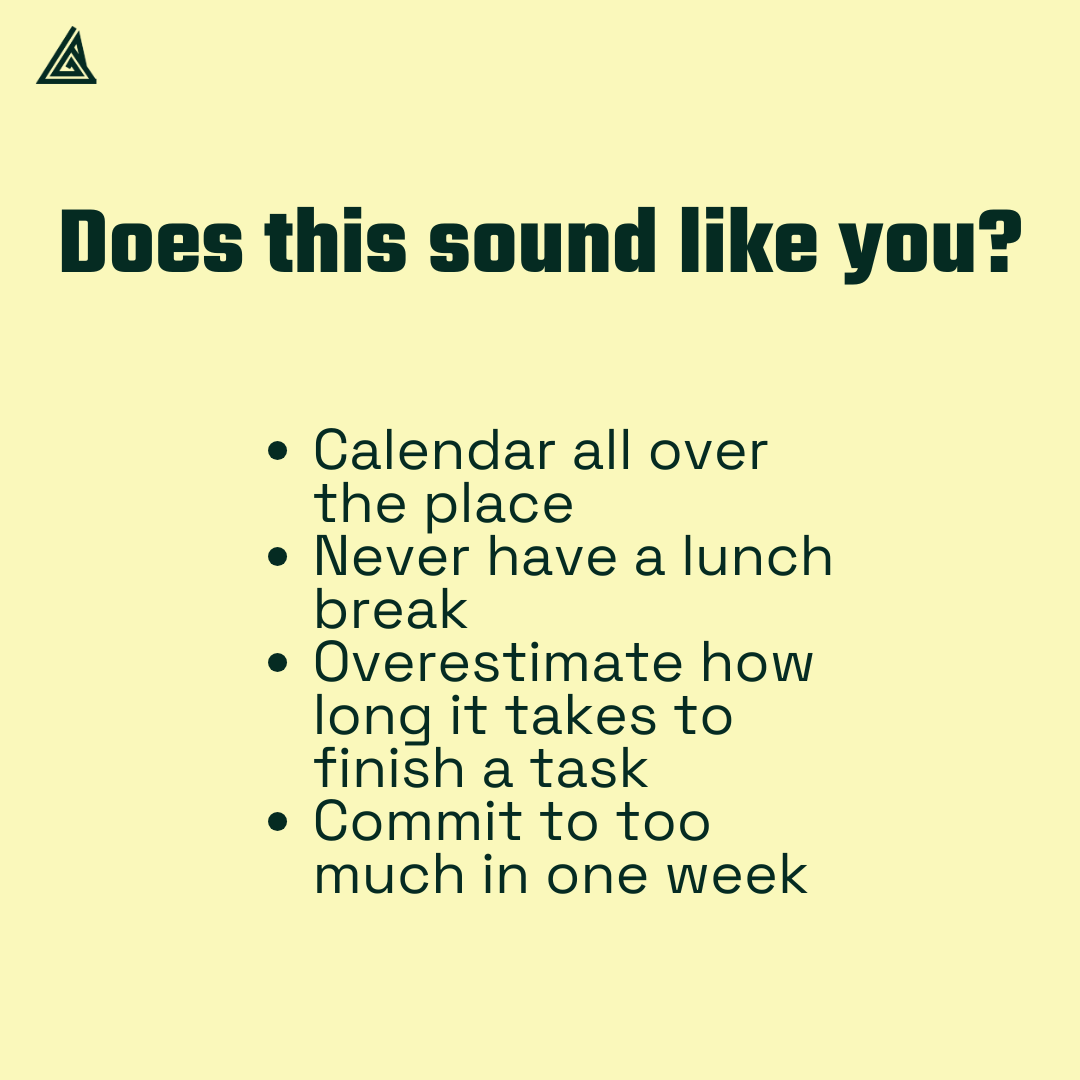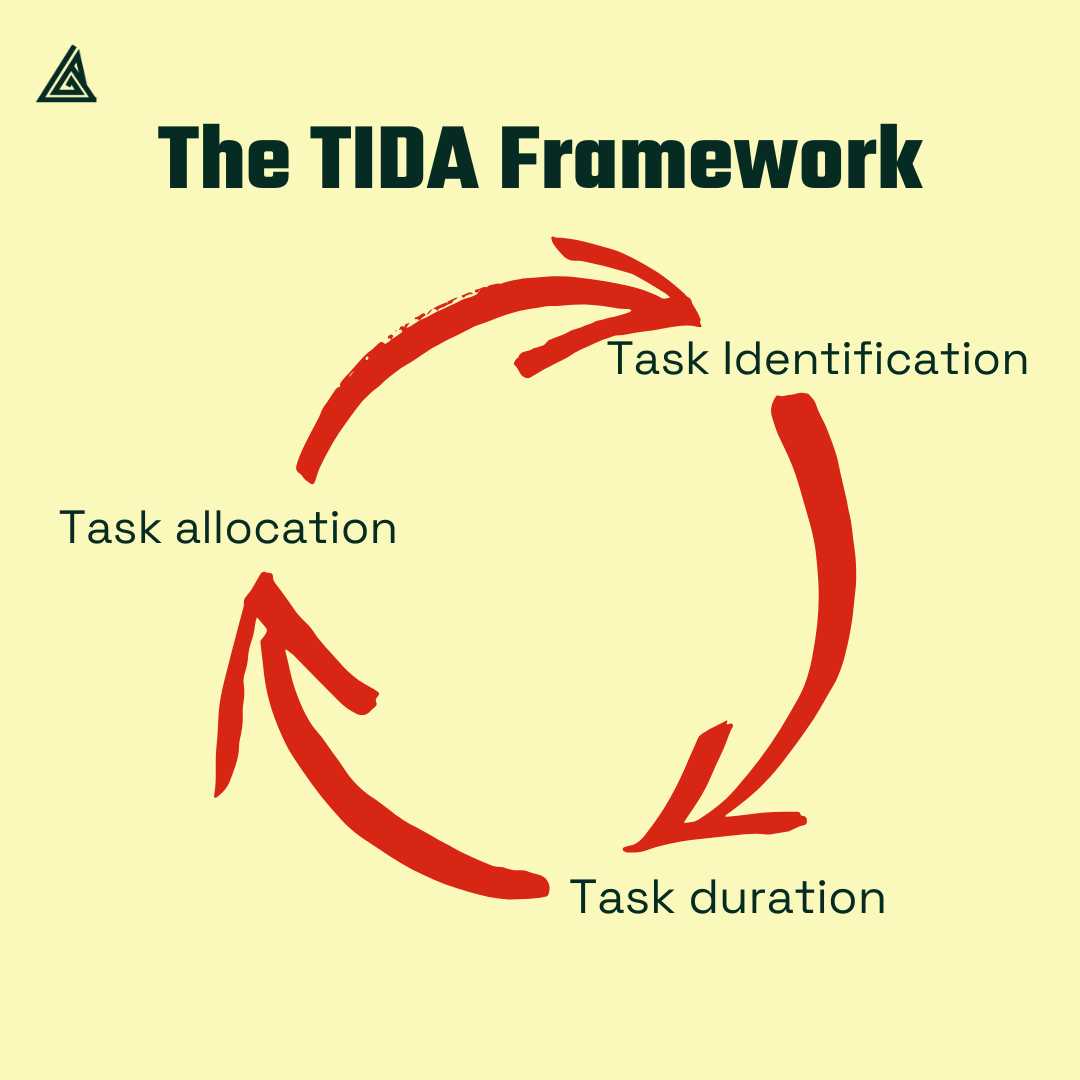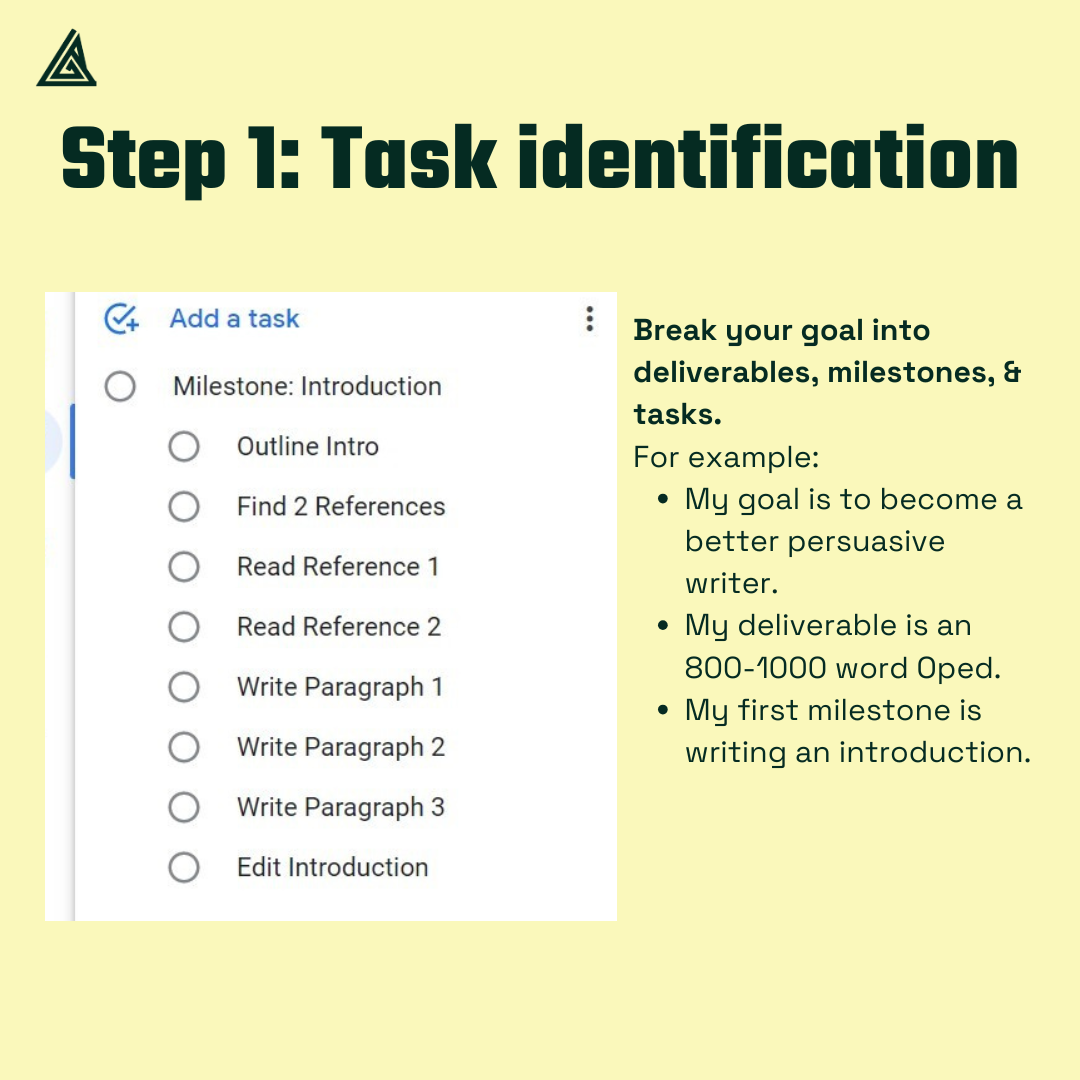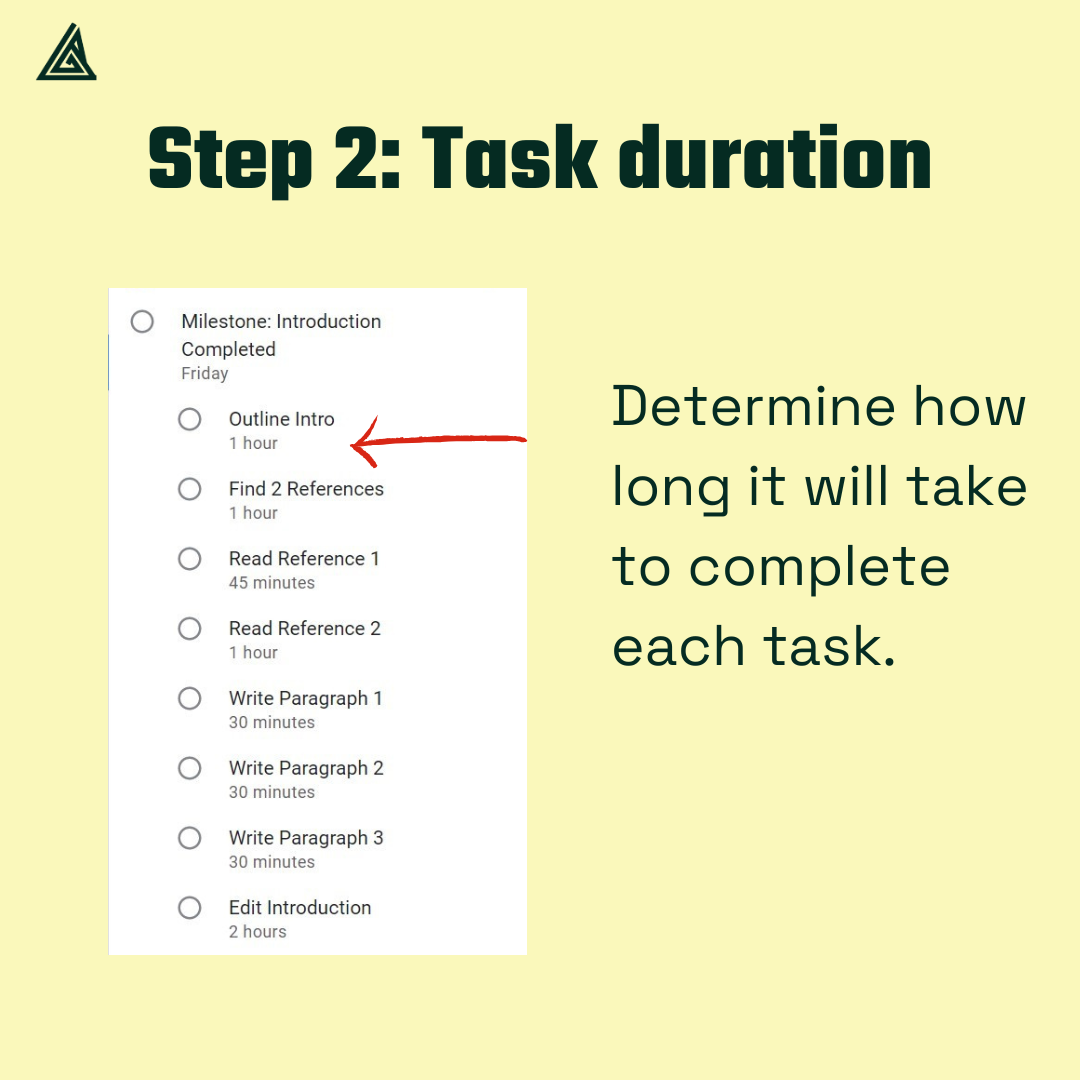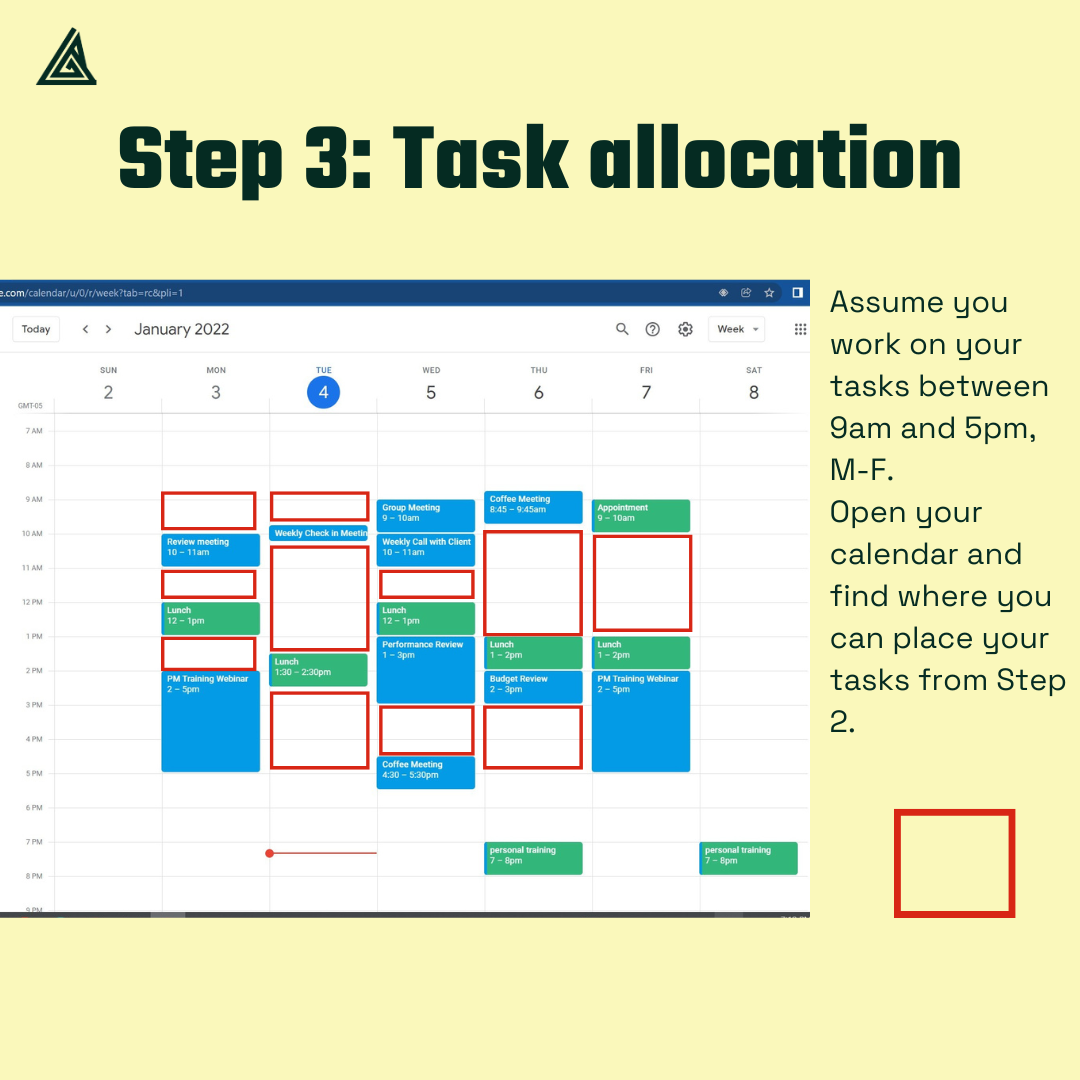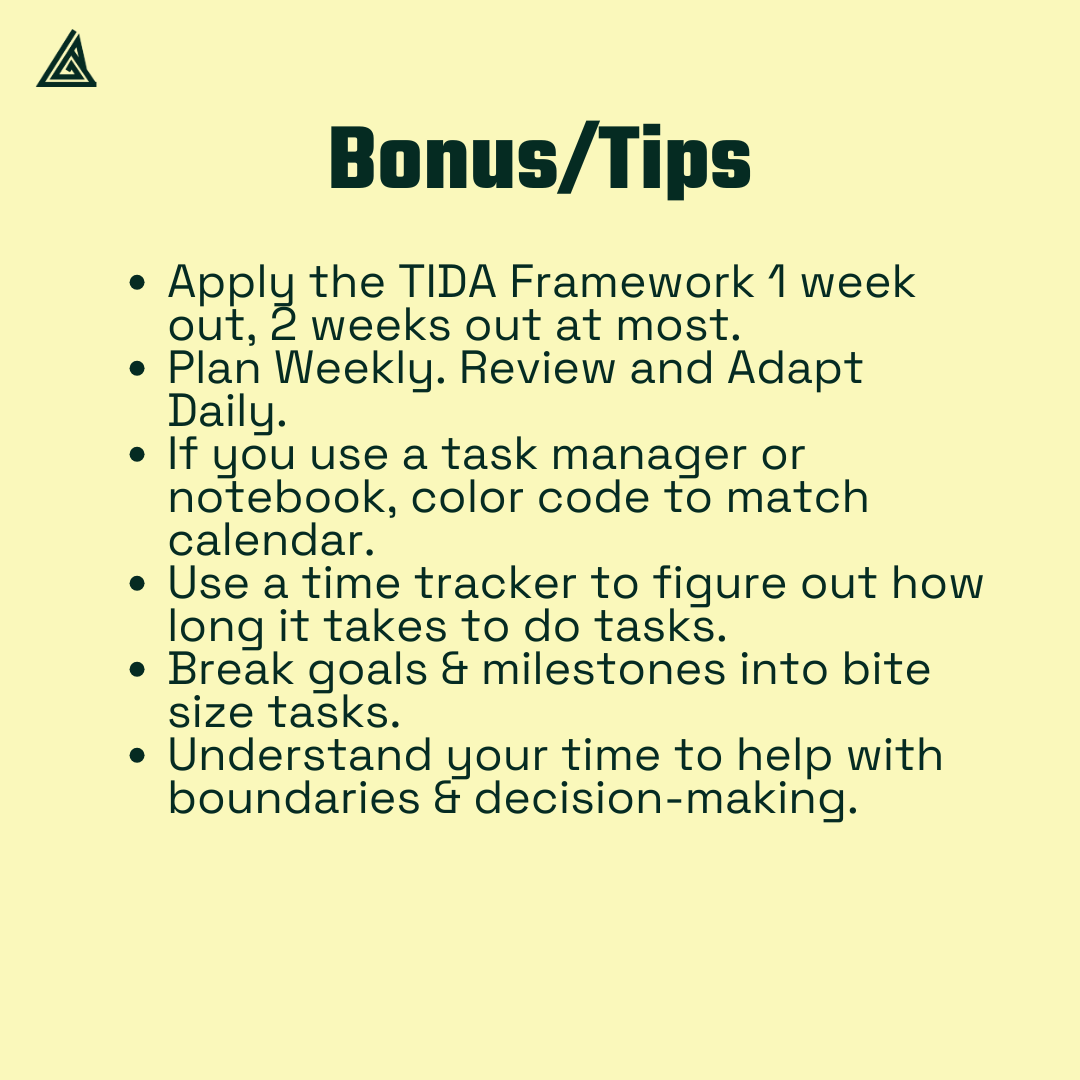TIDA, a simple 3 step framework for finishing tasks
Overcommitting and overestimating tasks means there's a need to improve task identification, duration, and allocation.

There was a time when friends would invite me out, but I would always have to decline because I had work to finish. Eventually, I got fed up with missing out on making new memories, so I started assessing where in my system was I experiencing a breakdown.
I realized that I was overcommitting and overestimating how long it would take me to complete a task. To improve my ability to complete tasks, I needed to deploy the TIDA Framework, which includes Task Identification, Duration, and Allocation.
Step 1: Task identification. It's key to gain the skill to breakdown what you want to achieve into goals, deliverables, milestones, and tasks. For example: If my goal is to become a better persuasive writer, then my deliverable is an 800-1000 word Oped, and my first milestone is completing the introduction. Even within the milestone of completing the introduction, I need to break it down into tasks.
Step 2: Task duration. Once I know what all my tasks are, I can determine how long it will take to complete. This takes time to achieve. You will need to start timing yourself when working on tasks. Also consider your energy levels when predicting how long it will take to complete a task.
Step 3: Task allocation. When you will work on a task is important. Think of your calendar as a Tetris game. There are blocks of time that do not move. It's your job to see how much time you have open outside of the blocks. Then take the tasks you've identified and see where they can fit based on their duration.
Applying the TIDA Framework is a simple process, but it takes time to execute efficiently. But with a reviewing and adapting, you will in no time improve your productivity.
You can complete this process manually or you can use tools like Todoist or Motion.

